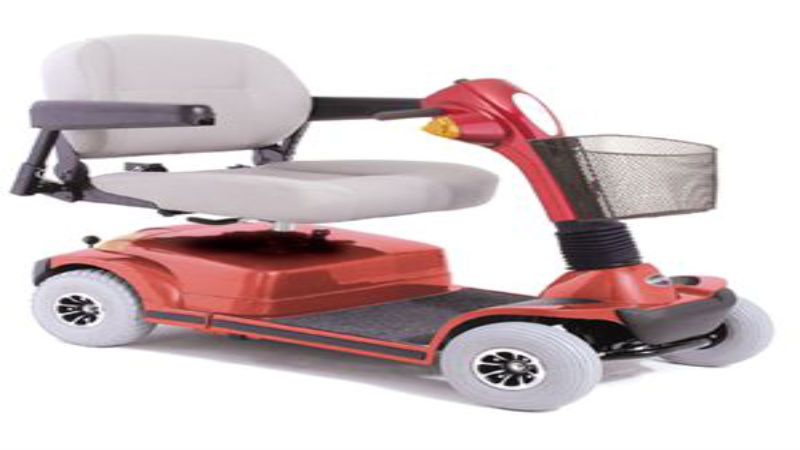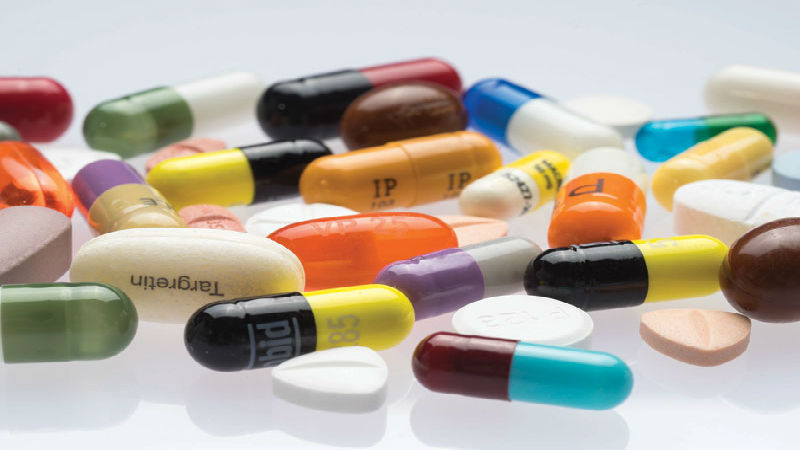The packaging of any medication is carefully researched and evaluated. Many different factors will come into focus in making the choice of packaging from convenience to end-user preference, logistics, the need to protect the medication and even the cost.
For many types of medications, both prescription and over-the-counter, blister cards in secondary packaging boxes make the ideal packaging combination. The blister pack allows for a single unit dosage that is easy for the individual to use. The use of the secondary packaging provides options for marketing and branding as well as complete information on the medication.
However, the choice of blister cards is not ideal for every medication and product. By considering the specifics of the medication as well as the end consumer, it will be easier to decide if this is the right packaging option.
The Pros
For patients taking more than one medication or for patients that need to take medications throughout the day, the use of blister packs is a good choice. Some packaging options even provide the day of the week or month, making it immediately visible if a dosage has been taken.
With each pill, capsule or tablet in a separate and isolated pocket on the blister cards, there is no risk of contamination or risk of humidity or water getting into the packaging.
The Cons
While the blister pack provides a degree of protection to the medication, it may not be ideal for a capsule that may be easy to compress within the packaging. Additionally, some medications may be degraded with exposure to UV light, and it is more costly to create specific blister packs to provide this level of protection.
Generally, the use of the blister pack is limited just to the two issues mentioned above. With various types of plastics and foils for the back, the packaging can be made fully tamper-resistant, which is another benefit to this packaging method.


